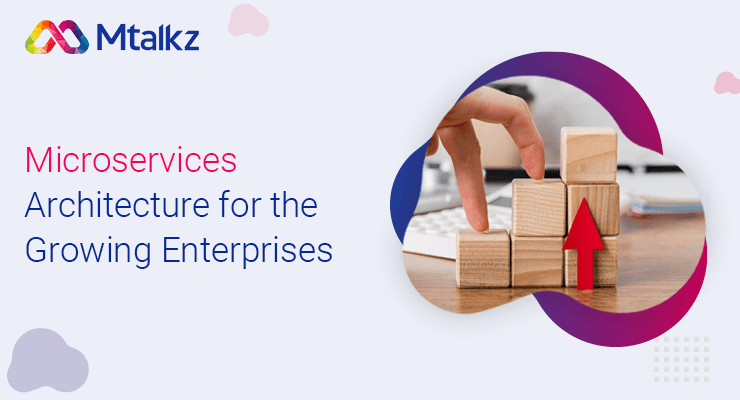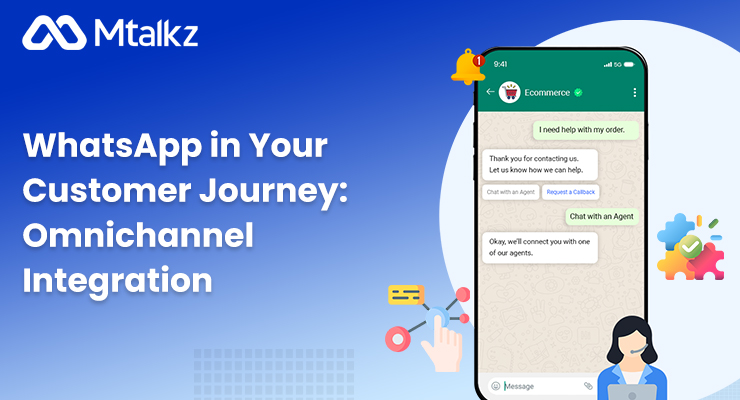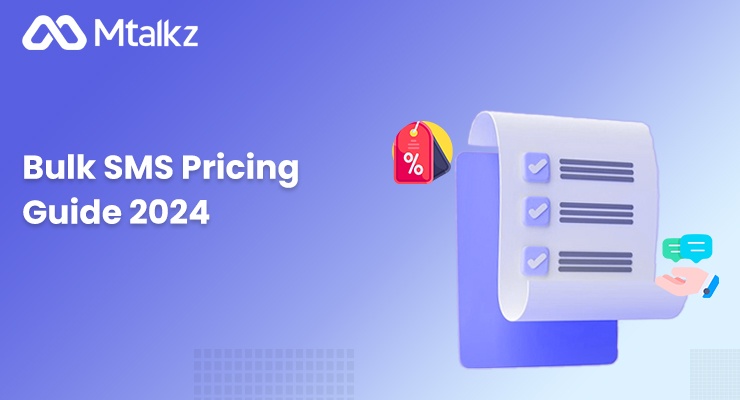Microservices started getting popular among industries from the last few years and became one of the growing trends due to easy structure, availability and modularity. Microservices are independent applications that work together with monolithic services to provide an integrated experience.
- Software that is monolithic is created as a single entity with several service functionalities.
- Microservices: A collection of interconnected apps.
Let’s see how microservice and monolithic services operate:
Monolithic services were fairly common in the past. The code for an e-commerce platform, from the carousel display of product options to the checkout cart’s charging of a customer’s credit card when the purchase is complete, may be written all at once by a developer or development team. On the other side, microservices divide web pages into individually operating services that work together as one. Although both approaches can be used to create a system that accomplishes comparable objectives, each has unique benefits and drawbacks.
Indeed, the use of microservices has a number of noticeable advantages, such as increased scalability, flexibility, and agility. Many businesses believe that replacing monolithic with microservice architecture is the most effective means of expanding their operations.
Nowadays, businesses are shifting from monolithic to microservices as each component of the microservices method can be scaled separately. In comparison to monolithic architecture, where the entire programme has to be scaled even when there is no need for it, therefore, the entire process of microservice is more time- and cost-efficient. Additionally, each monolith has scalability restrictions. Thus the more people you add, the more issues your monolith faces. As a result, many businesses have to redesign their monolithic architectures.
This blog explains the sudden shift of businesses from Monolith to Microservices. It also focuses on how businesses can migrate to Microservices.
Microservices: A fast path to accelerate application development and time-to-market
By allowing developers to create and distribute application functionality independently, microservices have accelerated time to market. It is crucial that modern architectures are designed to change, rather than relying on rigidity and stability of monolithic programs. As a result, adopters are better prepared to address disruptive tendencies in their sectors before they can hurt their companies. Microservices’ quick market entry is made possible by the modest size of their constituent parts. For cloud communications, microservices offer speed to market, which causes adoption, user uptake, and feedback to occur more quickly, allowing for many releases per day or week with higher quality because there is less surface area to test.
Popular Approaches to Move Isolated Features in the New System
There are two major approaches that are used in microservices to move isolated features into the new system.
-
Parallel Adoption
The process of transitioning from an outdated IT system to a target IT system within an organisation is known as parallel adoption. The old and new systems operate side by side for a while to reduce risk, and if the new system’s requirements are met after that, the old system is disabled. The procedure necessitates meticulous preparation, control, and a large time commitment.
-
Phase Adoption
Phased adoption is a strategy for introducing innovations (such as new technologies, processes, information systems, etc.) in an organisation gradually so that various organisational components are adopted over the course of several consecutive time periods. Other terms that are used include phased introduction, staged conversion, phased approach, phased strategy, and staggered implementation.
Tips to Migrate or Shift from a Monolith to Microservices Architecture
-
Manage Expectations
The business is interested in knowing the return on investment when migrating a significant amount of infrastructure that will involve numerous workers. Maintaining communication with the executive team, stakeholders, clients, partners, and the other R&D teams is crucial. Make sure they are aware of what you are doing and the expected rewards. Additionally, make sure to recognise and appreciate accomplishments. All these tasks can be handled and done by a cloud communication platform.
-
Tooling
When migrating microservices, the appropriate tools are crucial. Businesses can automatically find code quality, privacy, security, service design, and reliability tests before production.
-
Balance Speed & Trust
In order to maintain high reliability, the cloud platform providers put up a system of checks and balances to ensure time savings and high speed. Embrace Cultural Shift
Regarding large-scale undertakings, culture is extremely important. When a problem arises, businesses want to ensure that it always percolates to the surface. When they migrate, there are organisational and personnel changes as well as technical ones.
Get Started Today
Mtalkz, a cloud communication platform, assists businesses with a wide range of communication solutions for a variety of industries, including BFSI, Fintech, Healthtech, Edtech, Retail, Media, Startups, Government, E-commerce and Logistics. Be sure to choose the right approach for your future application building, according to your core needs.










